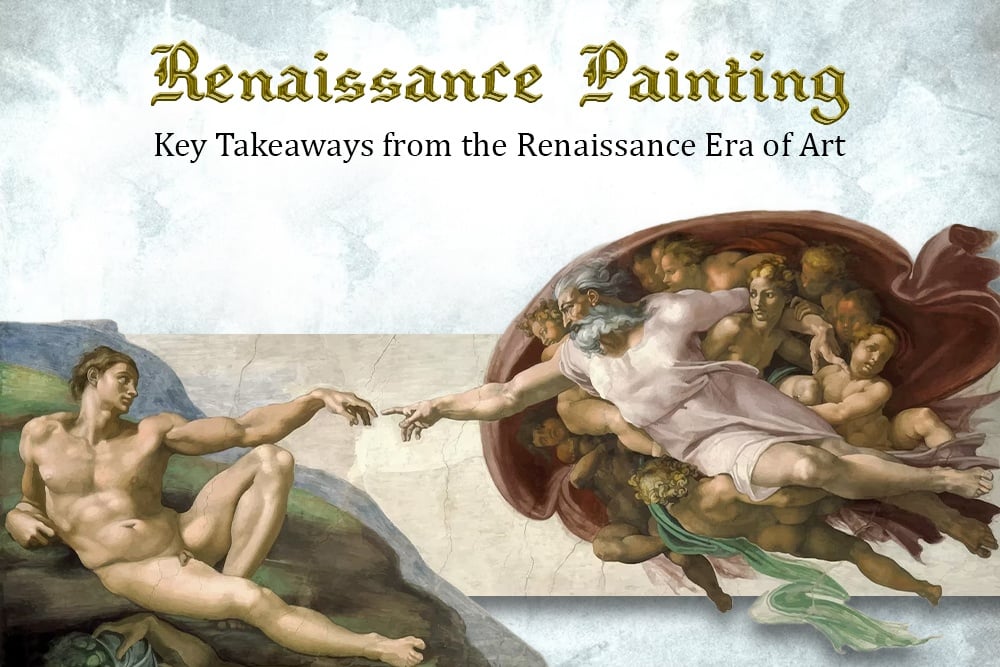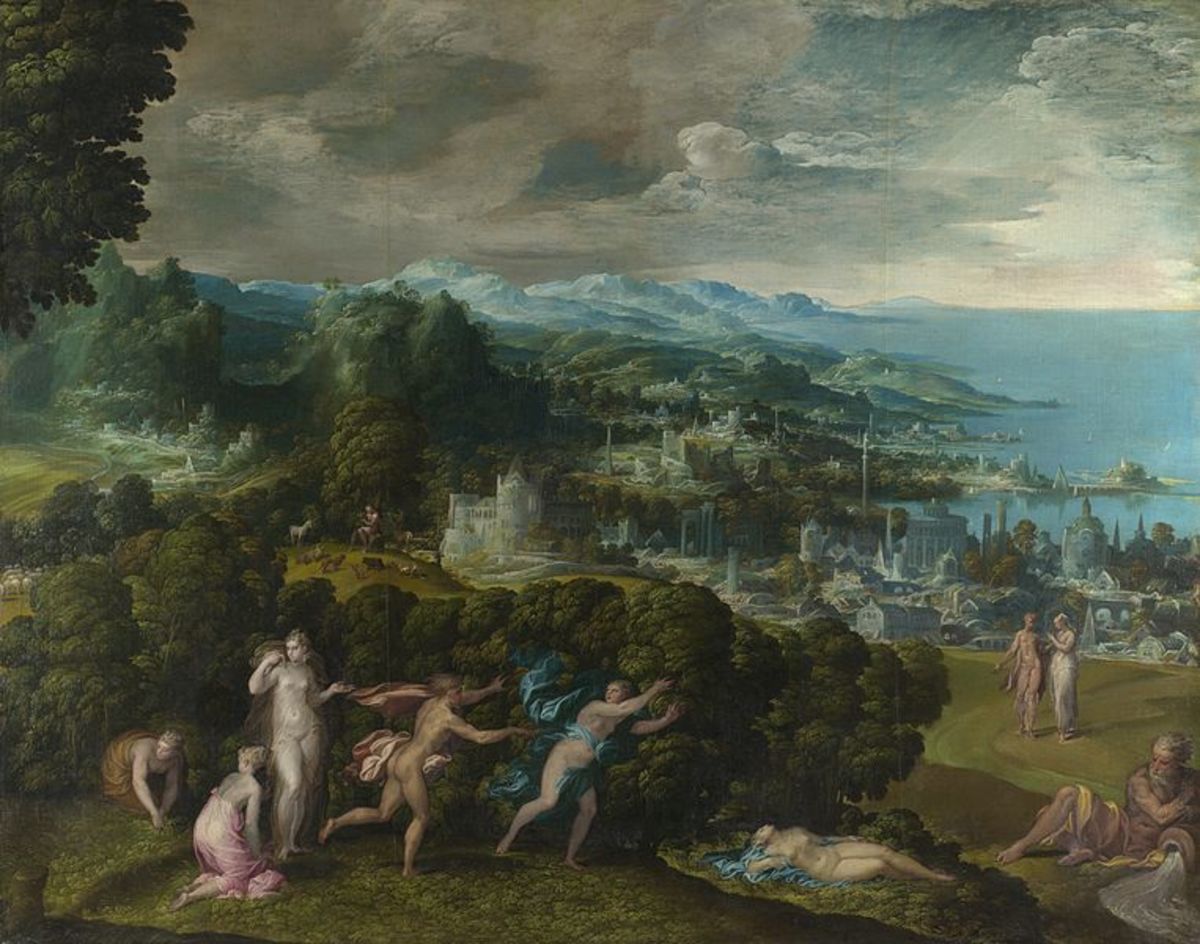So, the other day, I found myself going down a bit of a rabbit hole with Renaissance landscape paintings. It wasn't planned, you know? I was just flicking through some images, and it struck me how often these incredible backgrounds appeared in famous portraits and religious scenes. I figured there had to be more to them than just pretty filler.
I initially thought, "Okay, old paintings, lots of green and blue, maybe a few distant mountains." That was my starting point, pretty basic, I admit. But the more I casually looked, the more I felt like I was missing something big. These weren't just snapshots; there was an atmosphere to them, a kind of quiet grandeur that pulled me in.
My First Steps into the Scenery
I decided to get a bit more methodical. I didn't enroll in a course or anything, just started with what I had around and what I could easily find. My first move was to pull out some of my old art books, the big, heavy ones that usually just sit on the shelf. I started flipping through the sections on the Renaissance, but this time, I was deliberately ignoring the main figures and focusing purely on what was happening behind them.

Then, I spent a good few hours just browsing online museum collections. The great thing about that is the zoom feature. You can get incredibly close, almost like you're standing right in front of the canvas. I started to notice patterns and techniques:
- The use of light: How they managed to make the light feel so natural, so specific to a time of day.
- Creating depth: It wasn't just about making things smaller in the distance. They used color and haze, what some folks call 'atmospheric perspective.' It really works!
- The sheer detail: Tiny little buildings, individual leaves on trees, ripples in the water. It was painstaking stuff.
I realized these artists weren't just painting what they saw; they were constructing these landscapes with incredible care and skill. It was a craft, a real science almost, mixed with art.
Digging Deeper and Trying to Understand
As I got more into it, I wanted to understand the 'why.' Why did landscapes start becoming more prominent during the Renaissance? It turns out, it was a whole shift in how people saw the world and their place in it. Nature wasn't just a backdrop anymore; it was something to be studied, admired, and understood. Artists like Leonardo da Vinci, for example, he didn't just paint landscapes; he studied botany, geology, how water flowed. You can see that knowledge in his work.
My "practice" wasn't about trying to paint one myself – goodness knows I don't have that kind of talent! Instead, my practice became about observation and analysis. I'd pick a painting, say something by Patinir or Bellini, and I'd just sit with it. I'd try to trace the lines of the composition with my eyes, figure out where the light source was, and understand how the artist was guiding my view through the scene. I even started sketching little diagrams in a notebook – not of the paintings themselves, but of their structure. It was like trying to reverse-engineer their magic.
One thing that really struck me was the storytelling in some of these landscapes, even without prominent human figures. You could feel the weather, the season, the mood of the place. They were creating an emotional response just with hills, trees, and sky. That, to me, was fascinating.

What I Came Away With
This whole exploration, which started pretty casually, ended up being quite a journey. I didn't become an expert, not by a long shot. But I did gain a huge appreciation for these artists and their work. It's more than just technical skill; it's a window into how they saw their world, how they felt about nature, and how they were pushing the boundaries of what art could do.
Now, when I look at a Renaissance painting, I don't just see the main event. I spend a lot more time in the background, looking at those carefully crafted worlds. It's like discovering a whole new layer to art I thought I already knew. And honestly, it’s made visits to art galleries, even virtual ones, a much richer experience. It just goes to show, there’s always something new to learn, even in things that are centuries old.












